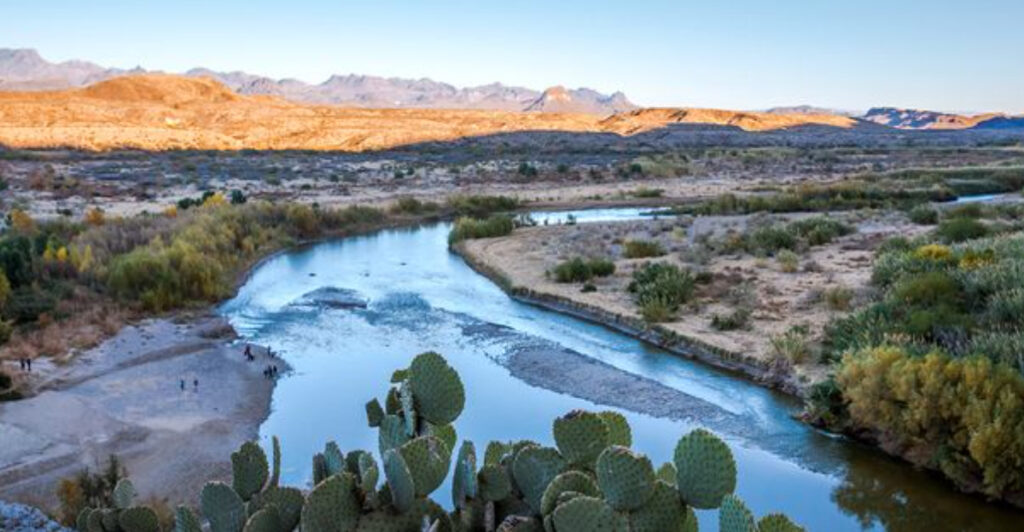Big Bend National Park stretches across 800,000 acres of stunning West Texas wilderness where rugged desert mountains rise dramatically from the Rio Grande’s banks. This remote paradise offers everything from towering canyon walls to natural hot springs, making it one of America’s most diverse national parks. Whether you’re seeking adventure on rushing river waters or peaceful moments under star-filled skies, Big Bend delivers unforgettable experiences. Here are eleven essential tips to help you make the most of your desert mountain adventure.
1. Explore Santa Elena Canyon’s Towering Limestone Walls
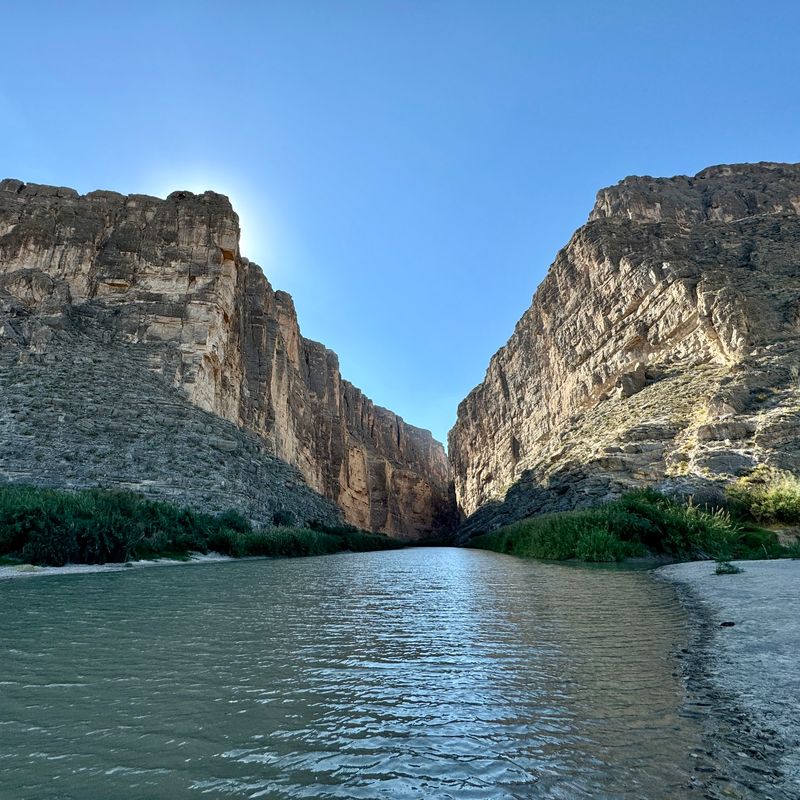
Massive limestone cliffs soar 1,500 feet above the Rio Grande, creating one of the most breathtaking sights in all of Texas. The Santa Elena Canyon Trail leads you right to the water’s edge where you can touch the canyon walls and feel completely dwarfed by nature’s power.
Photographers love the dramatic light that filters through the narrow canyon opening, especially during golden hour. Kayakers can paddle deeper into the canyon for an even more immersive experience.
Pack plenty of water and wear sturdy shoes since the trail involves some rock scrambling near the river.
2. Hike the Chisos Mountains for Desert Panoramas
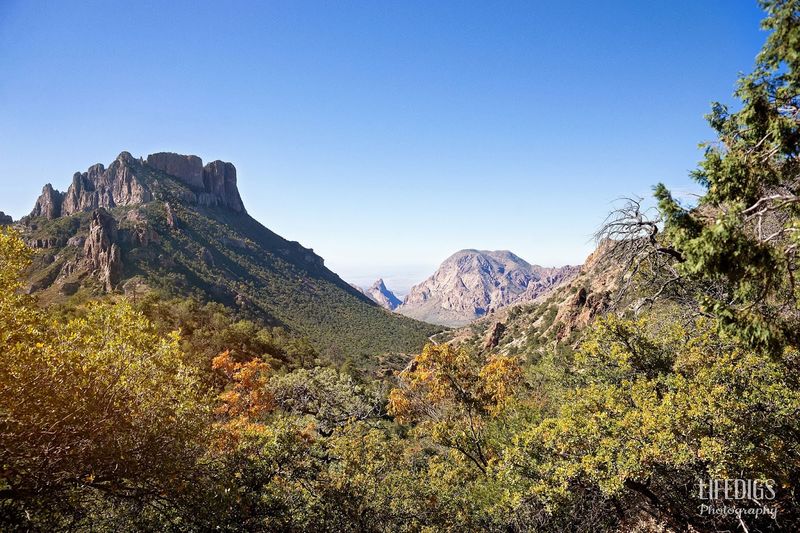
Rising like islands from the desert floor, the Chisos Mountains offer the only mountain range entirely contained within a U.S. national park. These peaks provide blessed relief from desert heat with temperatures often 10-15 degrees cooler than the lowlands.
The Lost Mine Trail rewards hikers with sweeping views across the entire Big Bend region without requiring advanced mountaineering skills. For serious adventurers, Emory Peak stands as the park’s highest point at 7,825 feet.
Mountain wildlife differs dramatically from desert species, so keep your eyes peeled for black bears and mountain lions in these cooler elevations.
3. Soak in Natural Hot Springs Along the Rio Grande
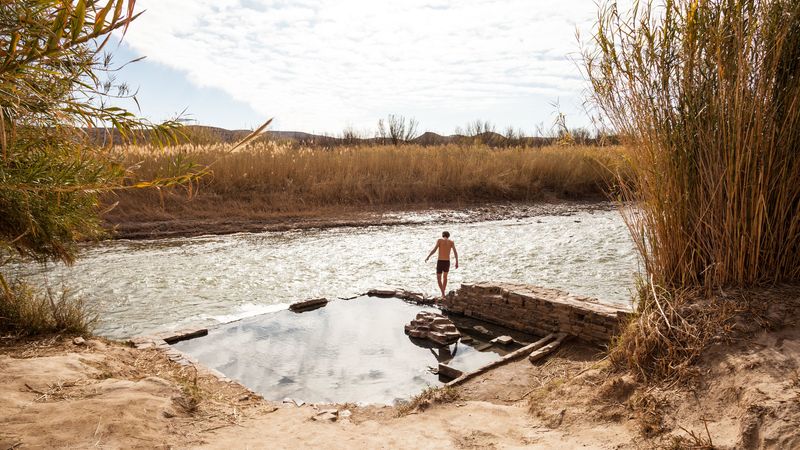
After miles of desert hiking, nothing beats slipping into 105-degree natural hot springs right on the banks of the international border. The historic Langford Hot Springs have been welcoming weary travelers since the early 1900s when they were part of a small resort.
Early morning visits offer the most peaceful experience, with soft light painting the surrounding desert in golden hues. The short hike to reach the springs passes through interesting desert vegetation and old settlement ruins.
Remember that you’re literally sitting on the U.S.-Mexico border, making this one of the most unique spa experiences in North America.
4. Drive Ross Maxwell Scenic Route at Sunset
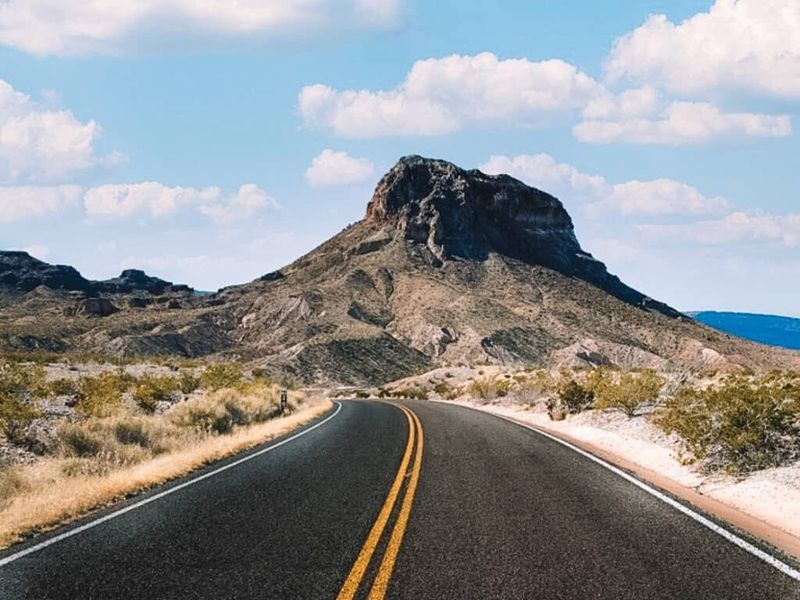
This spectacular 30-mile drive showcases Big Bend’s incredible geological diversity, from ancient volcanic formations to colorful desert badlands. Each overlook reveals a completely different landscape, making you feel like you’re driving through multiple planets.
Mule Ears Viewpoint offers classic Big Bend photography opportunities with distinctive twin peaks rising from the desert. Tuff Canyon provides easy access to fascinating volcanic rock formations without requiring serious hiking.
Time your drive for late afternoon when the setting sun transforms the entire landscape into a canvas of reds, oranges, and purples that seem almost too vibrant to be real.
5. Listen to Singing Walls in Boquillas Canyon
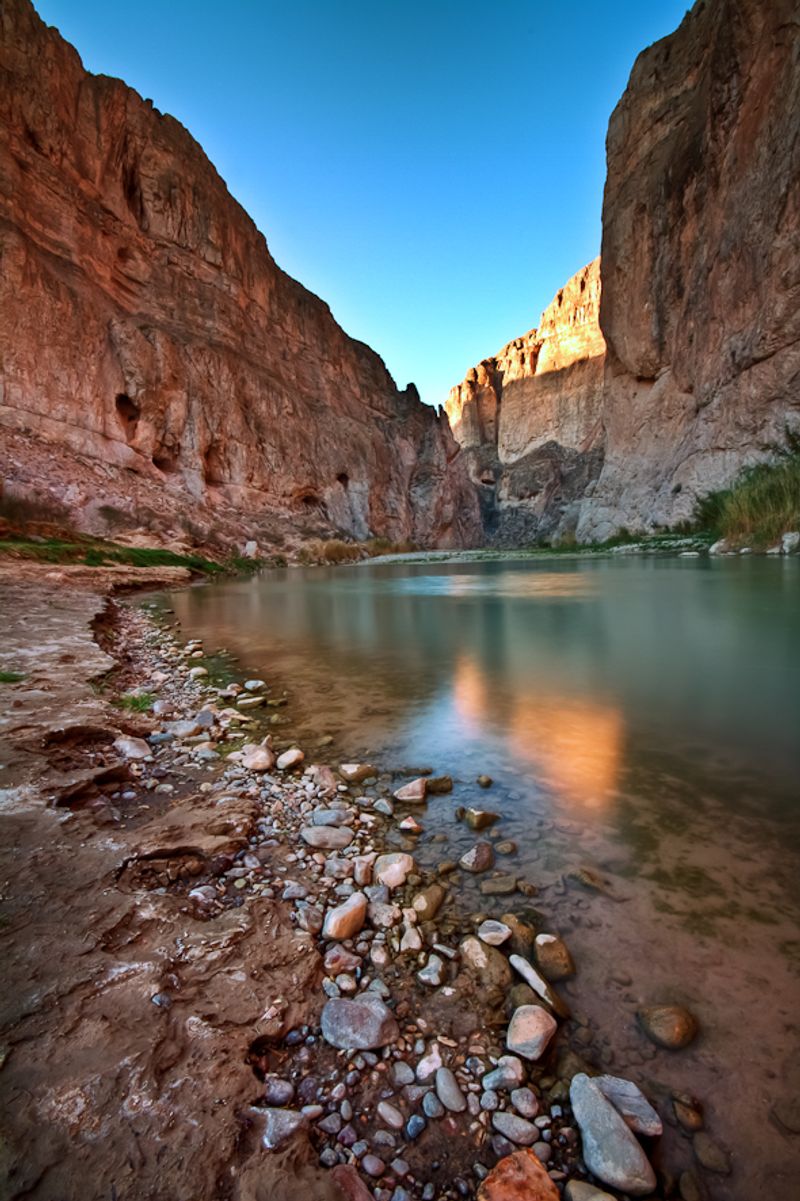
Local musicians from the Mexican village of Boquillas del Carmen sometimes serenade canyon visitors with traditional songs that echo hauntingly off the limestone walls. This magical acoustic phenomenon turns the entire canyon into a natural concert hall.
The peaceful Boquillas Canyon Trail follows the Rio Grande through gentler terrain than other canyon hikes, making it perfect for families. Canoeists can paddle further into Mexico’s side of the canyon for extended exploration.
Don’t miss the nearby Boquillas Crossing, where you can legally enter Mexico for authentic food and handcrafted souvenirs in this tiny border village.
6. Witness World-Class Stargazing Under Dark Skies
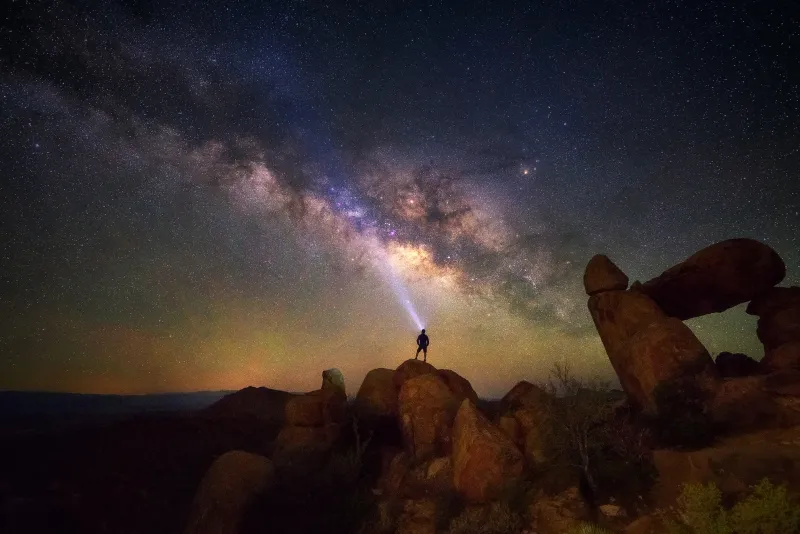
Big Bend earned International Dark Sky Park status thanks to virtually zero light pollution, creating some of the darkest night skies in the entire United States. On clear nights, the Milky Way stretches dramatically overhead like a river of stars.
New moon periods offer the absolute best stargazing conditions when even faint galaxies become visible to the naked eye. Meteor showers appear especially spectacular here, with shooting stars streaking across the entire sky dome.
Bring a red flashlight to preserve your night vision, and consider downloading astronomy apps to help identify constellations and planets in this incredible celestial display.
7. Spot Unique Desert Wildlife in Their Natural Habitat
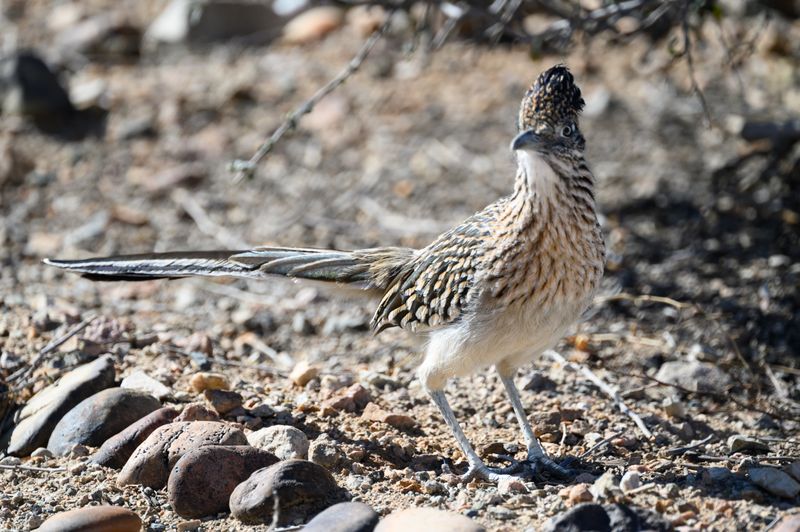
Roadrunners actually do race across desert roads, just like in cartoons, reaching speeds up to 20 mph while chasing lizards and insects. These iconic birds represent just one species in Big Bend’s incredible wildlife diversity.
Javelinas travel in family groups, often surprising hikers with their pig-like appearance and musky scent. Golden eagles soar overhead hunting for prey, while black bears occasionally wander down from the Chisos Mountains.
Early morning and late evening provide the best wildlife viewing opportunities when animals emerge to feed during cooler temperatures. Always maintain safe distances and never feed wild animals.
8. Discover Ancient Fossils and Prehistoric Secrets
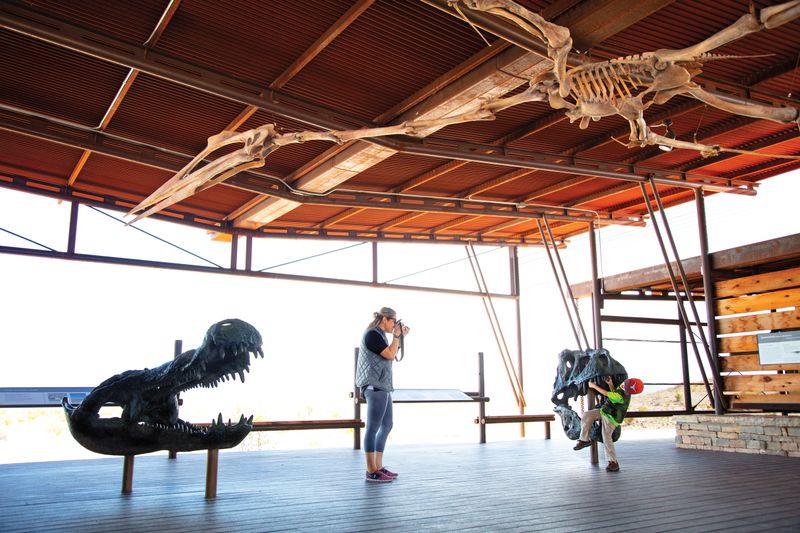
Millions of years ago, tropical seas covered this entire region, leaving behind incredible fossil deposits that tell the story of ancient marine reptiles and dinosaurs. The Fossil Discovery Exhibit near Panther Junction showcases these prehistoric treasures.
Interactive displays help visitors understand how this desert landscape once teemed with sea creatures, flying reptiles, and massive dinosaurs. Kids especially love the life-sized fossil replicas and hands-on learning opportunities.
Fossil collecting is strictly prohibited in the park, but designated areas outside park boundaries offer legal fossil hunting for those bitten by the paleontology bug after their museum visit.
9. Adventure Into Remote Backcountry Roads
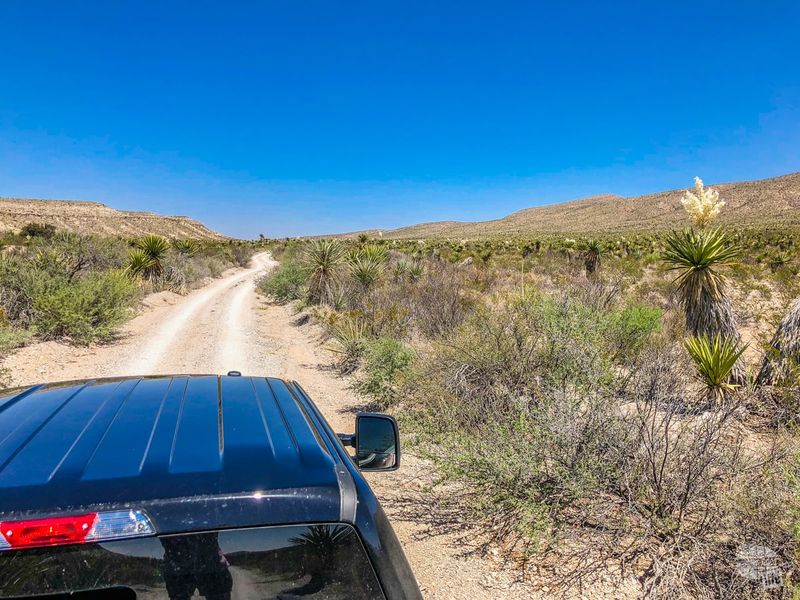
River Road follows the Rio Grande for 51 miles through some of the most isolated and beautiful desert country in North America. This challenging route requires high-clearance vehicles but rewards adventurous drivers with complete solitude.
Old Ore Road passes through historic mining country where you can explore abandoned settlements and imagine life in this harsh but beautiful landscape. Glenn Springs Road leads to natural springs and ruins of a former frontier outpost.
These rough roads demand careful preparation with extra water, food, and emergency supplies since cell service is nonexistent and help might be hours away.
10. Photograph Spectacular Wildflower Blooms in Spring

Desert wildflower displays can be absolutely spectacular when winter rains create perfect growing conditions, transforming the seemingly barren landscape into a colorful carpet. Bluebonnets, prickly pear cactus flowers, and towering ocotillo blooms create stunning photographic opportunities.
Peak blooming typically occurs from February through April, though exact timing depends on rainfall patterns. Yucca plants send up dramatic white flower stalks that can reach 10 feet tall.
The contrast between delicate flowers and harsh desert environment creates some of the most striking nature photography opportunities in Texas, especially with red rock formations providing dramatic backgrounds.
11. Experience True Solitude in America’s Remote Wilderness
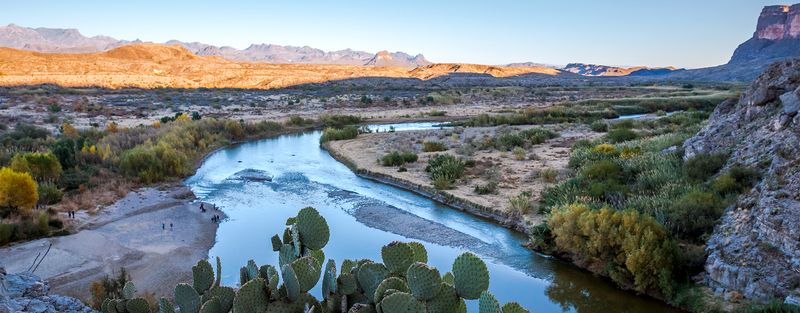
Unlike crowded national parks where you fight for parking spaces and elbow room on trails, Big Bend’s remote location means you might have entire vistas completely to yourself. This isolation creates profound connections with nature that busy parks simply cannot offer.
The nearest major city lies over 300 miles away, creating a sense of wilderness that has largely disappeared from modern America. Many trails see only a handful of visitors per day, even during peak season.
This solitude allows for deep reflection, meditation, and the rare opportunity to experience true quiet in our increasingly noisy world, making Big Bend a sanctuary for the soul.

